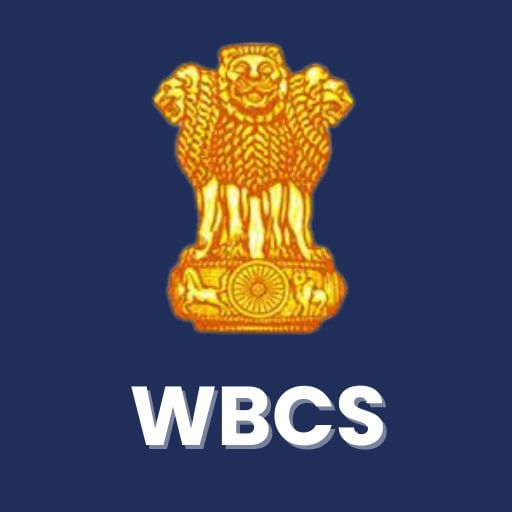Pre-historic and Vedic Period | WBCS Preparation: All Subjects - WBCS (West Bengal) PDF Download
The earliest reference to the region now known as West Bengal can be traced back to the Mahabharata, where the term "Banga" first appears. Harivamsha Vanga, an adopted son of King Vali, established the Vanga Kingdom, encompassing parts of present-day West Bengal, India, and Bangladesh. Ancient Greek and Roman accounts also referred to the region as Gangaridai. Some scholars posit that the name "Banga" may have originated from the "Bong Tribe."
In the Mahabharata, Bengal is mentioned as "Vanga," characterized by smaller kingdoms ruled by chieftains. Vedic literature indicates a diverse population in the region, residing in a geographically significant area shaped by the Himalayas and open to the sea. After the partition of the Indian Subcontinent in 1947, the region became West Bengal.
Prehistoric Bengal:
The archaeological record reveals remnants dating back 20,000 years, covering the Paleolithic, Mesolithic, Neolithic, and Chalcolithic periods.
(a) Palaeolithic period: Bengal boasts 162 Palaeolithic sites, with tools crafted from quartz and quartzite pebbles found in Radh plains, foothills, valley slopes, and river banks.
(b) Mesolithic period: Limited excavations, like in Birbhanpur, Birbhum, and Midnapore, unearthed artifacts like spears and scrapers made from quartz, quartzite, and fossil wood.
(c) Neolithic period: Identified sites in Himalayan foothills and plateau fringe areas exhibit distinct cultures, with tools featuring grey and pale ceramics.
(d) Chalcolithic period: The first Copper Age site, dating to 1600 BC, was discovered along the Ajay river in East Bardhaman district. Well-planned towns, stone roads, and copper tools for agriculture and hunting highlight this period concentrated in South-Western West Bengal.
Vedic Period:
While Rigveda lacks references to Bengal, archaeological findings suggest a thriving culture predating Aryan settlement. Bengal was divided into small kingdoms like Vanga, Pundra, Suhma, Anga, Harikela, and Samatata. Mahabharata and Kalidasa mention victories over Bengali kings.
Post-Vedic Period:
Following Aryan settlement, Bengal became part of the 16 Mahajanapadas, as mentioned in Buddhist texts. Anga and Magadha symbolized the Post-Vedic era. Recent discoveries in Gobardhanpur revealed a third-century civilization in Sundarbans, with artifacts dating back to pre and early Christian eras.
|
77 videos|109 docs
|
FAQs on Pre-historic and Vedic Period - WBCS Preparation: All Subjects - WBCS (West Bengal)
| 1. What is the significance of the pre-historic period in West Bengal? |  |
| 2. What are the key features of the Vedic period in West Bengal? |  |
| 3. How did the pre-historic period shape the cultural heritage of West Bengal? |  |
| 4. What were the major economic activities during the Vedic period in West Bengal? |  |
| 5. How did the Vedic period contribute to the political landscape of West Bengal? |  |























